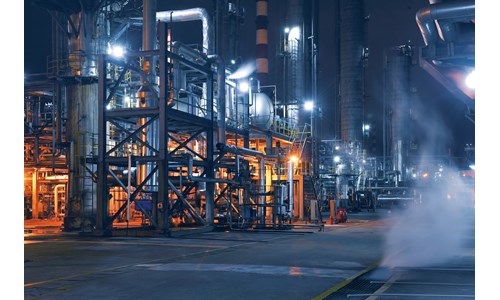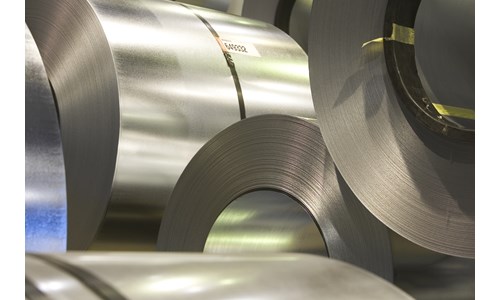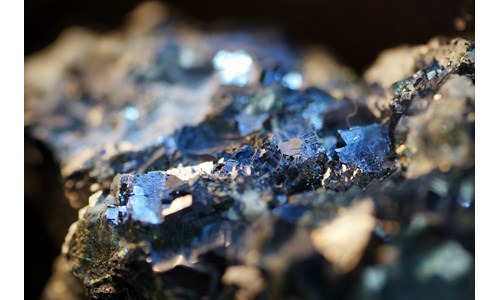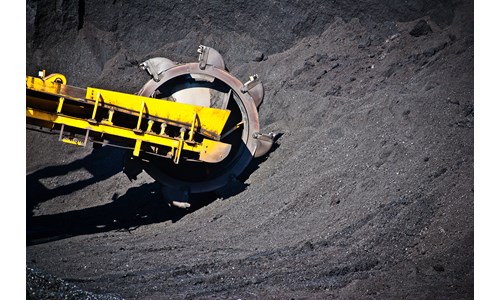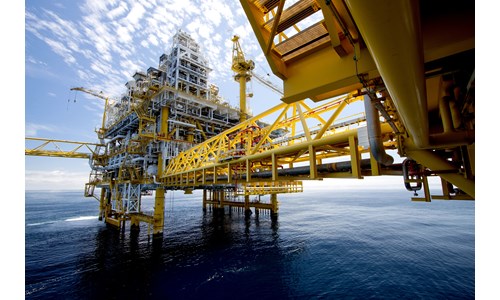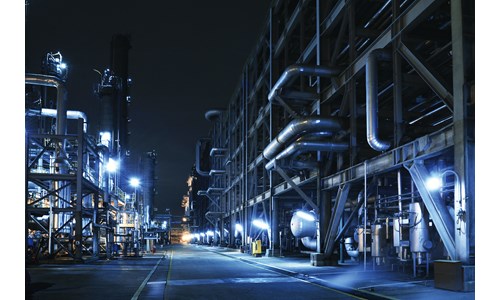Low-carbon hydrogen in refining: options and economics
*Please note that this report only includes an Excel data file if this is indicated in "What's included" below
Report summary
Table of contents
- Executive Summary
Tables and charts
No table or charts specified
What's included
This report contains:
Other reports you may be interested in
Energy Efficiency Benchmarking For Refining - India's Case Study
WoodMac’s Energy Intensity index: Benchmark and improve energy performance
$900Kingashsky - Cobalt project
A detailed analysis of the Kingashsky nickel project.
$2,250Huludao (VR) (closed) zinc smelter
A detailed analysis of the Huludao (VR) zinc smelter.
$2,250





